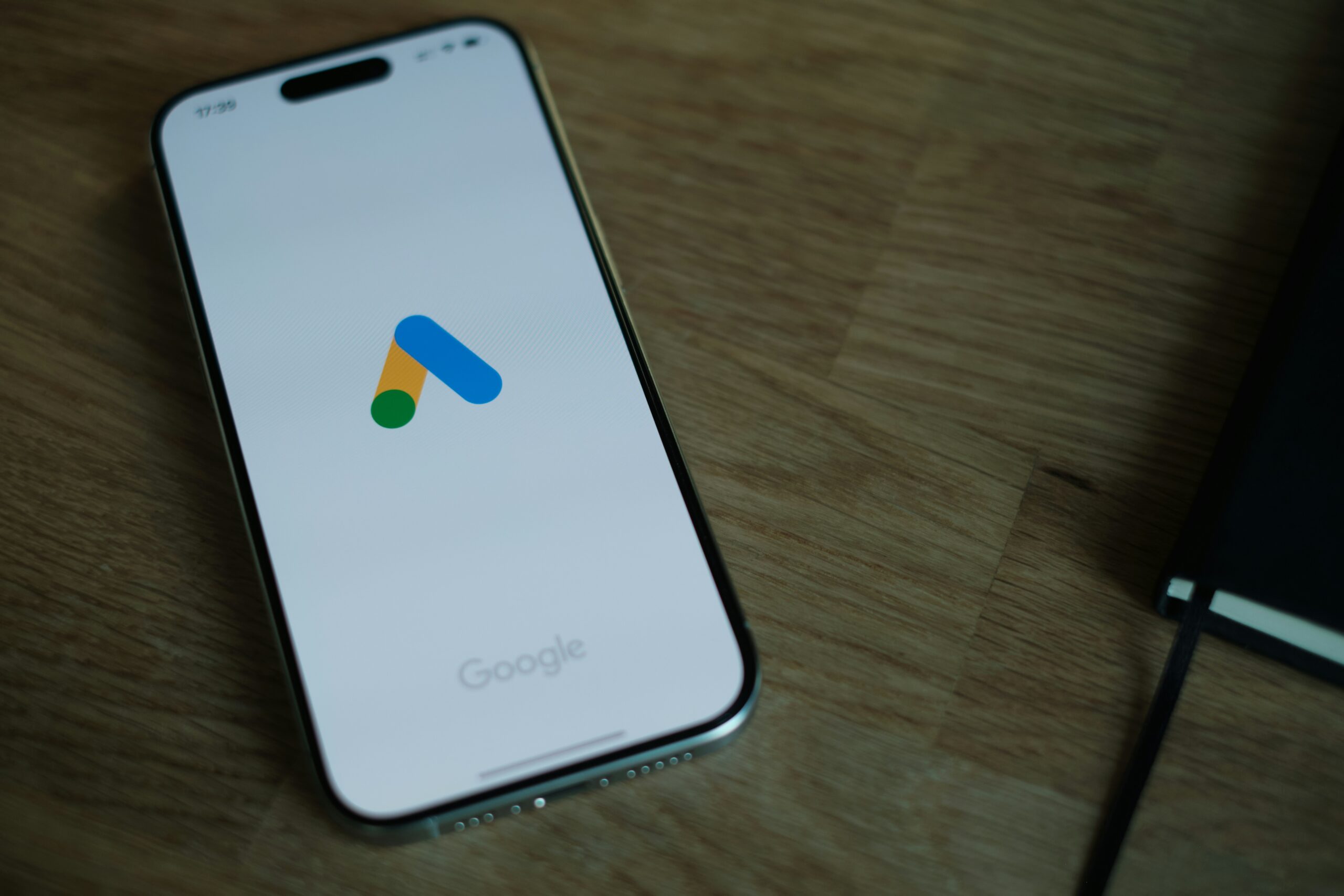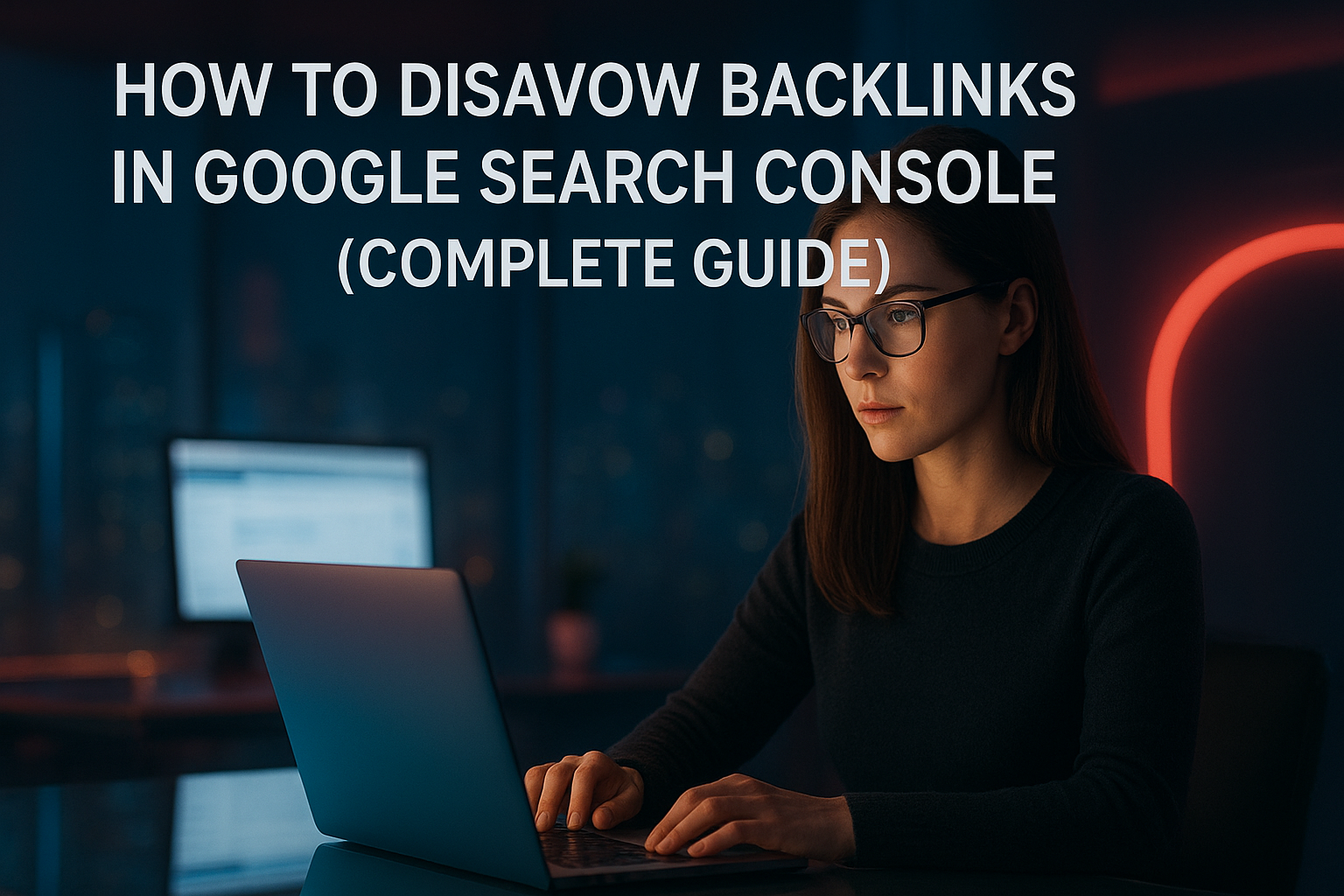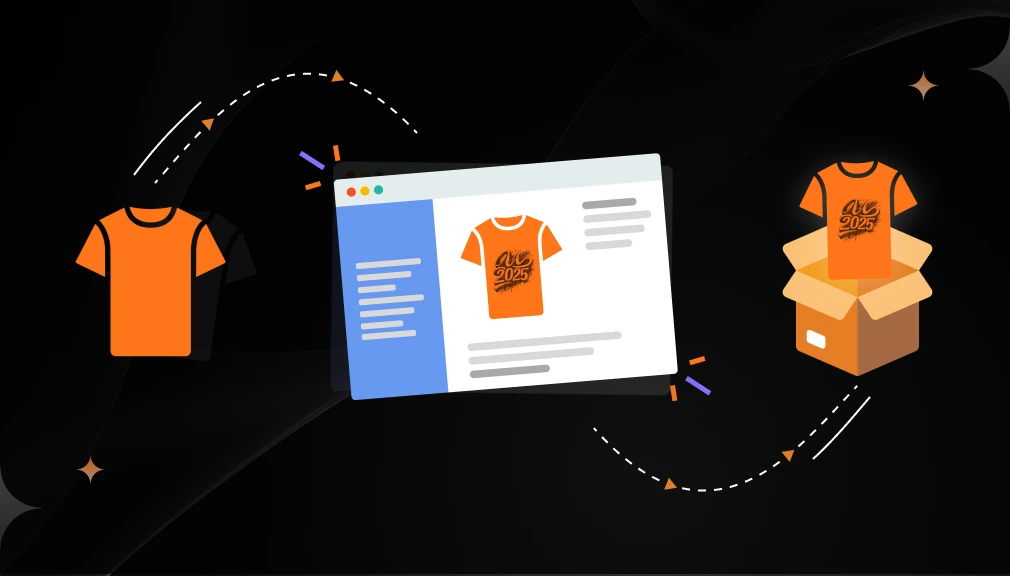Google Ads offers a diverse array of campaign types, each designed to cater to specific marketing goals and audience engagement strategies. The primary types include Search, Display, Video, Shopping, App, and Local campaigns. Each type serves a unique purpose, allowing advertisers to tailor their approach based on their objectives.
For instance, Search campaigns are ideal for capturing intent-driven traffic, as they target users actively searching for specific keywords. This makes them particularly effective for businesses looking to drive immediate conversions. On the other hand, Display campaigns focus on visual engagement, showcasing ads across a vast network of websites and apps.
This type is particularly beneficial for brand awareness, as it allows businesses to reach potential customers who may not be actively searching for their products or services. Video campaigns, meanwhile, leverage the power of storytelling and visual content to engage audiences on platforms like YouTube. By understanding these different campaign types, advertisers can strategically select the most appropriate options to achieve their marketing goals.
Key Takeaways
- Different Google Ads campaign types serve unique marketing goals, from search to app promotion.
- Search campaigns should be set up strategically to maximize visibility and conversions.
- Display and video ads are effective tools for building brand awareness and engaging audiences.
- Shopping and local campaigns help reach specific customer segments with targeted advertising.
- Continuous measurement and optimization are essential to improve campaign performance and ROI.
Setting Up a Search Campaign for Maximum Impact
When setting up a Search campaign, it’s crucial to start with thorough keyword research. Identifying the right keywords that align with your business offerings is essential for attracting the right audience. Tools like Google Keyword Planner can assist in discovering high-volume search terms that are relevant to your products or services.
Once you have a solid list of keywords, organizing them into tightly themed ad groups will enhance your ad relevance and Quality Score, ultimately leading to better ad placements and lower costs. In addition to keyword selection, crafting compelling ad copy is vital for maximizing impact. Your ad should clearly communicate the value proposition and include a strong call-to-action that encourages users to click.
Utilizing ad extensions can further enhance your ads by providing additional information such as location, phone numbers, or links to specific pages on your website. By focusing on these elements, you can create a Search campaign that not only drives traffic but also converts visitors into customers.
Leveraging Display Campaigns for Brand Awareness

Display campaigns are an excellent way to build brand awareness and reach a broader audience. By utilizing visually appealing ads that capture attention, businesses can effectively communicate their brand message across various websites and apps within Google’s Display Network. This network encompasses millions of sites, allowing advertisers to target specific demographics and interests, ensuring that their ads are seen by the right people at the right time.
To maximize the effectiveness of Display campaigns, it’s important to create visually engaging ads that resonate with your target audience. High-quality images, clear messaging, and a strong call-to-action can significantly enhance user engagement. Additionally, employing remarketing strategies can help re-engage users who have previously interacted with your brand but did not convert.
By reminding them of your offerings through targeted display ads, you can increase the likelihood of conversion and foster brand loyalty.
Harnessing the Power of Video Ads for Engaging Content
| Metric | Description | Typical Value | Impact on Engagement |
|---|---|---|---|
| View-Through Rate (VTR) | Percentage of viewers who watch the video ad to completion | 70% – 85% | Higher VTR indicates strong content relevance and engagement |
| Click-Through Rate (CTR) | Percentage of viewers who click on the video ad | 1.5% – 3% | Higher CTR shows effective call-to-action and interest |
| Average Watch Time | Average duration viewers spend watching the video ad | 15 – 30 seconds | Longer watch time correlates with better message retention |
| Engagement Rate | Likes, shares, comments relative to total views | 5% – 10% | Higher engagement rate reflects audience interaction and content appeal |
| Conversion Rate | Percentage of viewers who take a desired action after watching | 2% – 5% | Indicates effectiveness of video ad in driving user actions |
| Mobile View Percentage | Proportion of video views on mobile devices | 60% – 75% | Highlights importance of mobile-optimized video content |
Video ads have become an increasingly popular format for engaging audiences in today’s digital landscape. With platforms like YouTube attracting billions of users, video advertising presents a unique opportunity for brands to connect with potential customers through storytelling and visual appeal. Creating compelling video content that showcases your products or services can significantly enhance user engagement and drive conversions.
When developing video ads, it’s essential to keep the content concise and impactful. The first few seconds are critical in capturing viewers’ attention, so it’s important to convey your message quickly and effectively. Additionally, incorporating strong visuals and sound can enhance the overall viewing experience.
By leveraging video ads strategically within your marketing campaigns, you can create memorable experiences that resonate with your audience and encourage them to take action.
Reaching a Wider Audience with Shopping Campaigns
Shopping campaigns are specifically designed for e-commerce businesses looking to showcase their products directly in search results. These campaigns allow advertisers to display product images, prices, and descriptions alongside search results, making it easier for potential customers to find what they’re looking for. By utilizing Shopping campaigns, businesses can effectively reach a wider audience and drive more qualified traffic to their online stores.
To set up a successful Shopping campaign, it’s important to ensure that your product feed is optimized and up-to-date. This includes providing accurate product information, high-quality images, and competitive pricing. Additionally, utilizing negative keywords can help filter out irrelevant traffic and improve the overall performance of your campaign.
By focusing on these elements, you can create Shopping campaigns that not only attract attention but also convert visitors into paying customers.
Utilizing App Campaigns for Mobile Marketing Success

As mobile usage continues to rise, App campaigns have emerged as a powerful tool for businesses looking to promote their mobile applications. These campaigns allow advertisers to reach potential users across various platforms, including Google Search, YouTube, and the Google Display Network. By leveraging App campaigns, businesses can effectively drive app installs and engage users with their mobile offerings.
To maximize the success of App campaigns, it’s important to focus on creating compelling ad creatives that highlight the unique features and benefits of your app. Additionally, utilizing deep linking can enhance user experience by directing users to specific content within the app after installation. By strategically targeting your audience based on their interests and behaviors, you can create App campaigns that not only drive installs but also foster long-term user engagement.
Optimizing Local Campaigns for Targeted Advertising
Local campaigns are designed to help businesses promote their physical locations and drive foot traffic through targeted advertising. By utilizing location-based targeting options within Google Ads, businesses can reach potential customers in their vicinity who are actively searching for relevant products or services. This makes local campaigns particularly effective for brick-and-mortar establishments looking to attract nearby customers.
To optimize local campaigns, it’s essential to ensure that your business information is accurate and up-to-date across all platforms.
This includes maintaining consistent NAP (Name, Address, Phone Number) information and utilizing location extensions in your ads.
Additionally, encouraging customer reviews can enhance your local presence and build trust with potential customers.
By focusing on these strategies, you can create local campaigns that effectively drive traffic to your physical locations.
Measuring Success and Adjusting Campaigns for Maximum ROI
Measuring the success of your Google Ads campaigns is crucial for understanding their effectiveness and making informed adjustments. Utilizing tools like Google Analytics allows you to track key performance indicators (KPIs) such as click-through rates (CTR), conversion rates, and return on investment (ROI). By analyzing this data, you can identify which aspects of your campaigns are performing well and which may need improvement.
Adjusting your campaigns based on performance data is essential for maximizing ROI. This may involve refining your keyword strategy, testing different ad creatives, or reallocating budget towards higher-performing campaigns. Additionally, conducting A/B testing can provide valuable insights into what resonates best with your audience.
By continuously measuring success and making data-driven adjustments, you can ensure that your Google Ads campaigns remain effective and deliver optimal results over time.
If you’re looking to enhance your understanding of digital marketing strategies, you might find it beneficial to explore the article on the importance of drinking water for fitness. Staying hydrated is crucial for maintaining optimal performance, much like how effective advertising can boost your business’s visibility. To learn more about how to run ads on Google and the various benefits and types of campaigns available, check out the comprehensive guide on Google Ads.
FAQs
What is Google Ads?
Google Ads is an online advertising platform developed by Google, where advertisers can create and display ads on Google’s search engine results pages, YouTube, and other partner websites. It operates on a pay-per-click (PPC) model, allowing businesses to target specific audiences based on keywords, demographics, and interests.
How do I run ads on Google Ads?
To run ads on Google Ads, you need to create an account, set your advertising goals, choose your target audience, select keywords or placements, design your ad creatives, set a budget and bidding strategy, and launch your campaign. Google Ads provides tools and guidance throughout the process to optimize your ad performance.
What are the benefits of using Google Ads?
Google Ads offers several benefits including immediate visibility on Google search results, precise targeting options, measurable results through detailed analytics, flexible budgeting, and the ability to reach a wide audience across Google’s network. It also helps businesses increase website traffic, generate leads, and boost sales.
What types of campaigns are available in Google Ads?
Google Ads offers various campaign types such as Search campaigns (text ads on search results), Display campaigns (banner ads on websites), Video campaigns (ads on YouTube), Shopping campaigns (product listings), and App campaigns (promoting mobile apps). Each campaign type serves different marketing objectives and audience engagement strategies.
Is Google Ads suitable for small businesses?
Yes, Google Ads is suitable for small businesses because it allows for flexible budgeting, targeted advertising, and measurable results. Small businesses can start with a modest budget and scale their campaigns based on performance and return on investment.
How does Google Ads charge advertisers?
Google Ads primarily uses a pay-per-click (PPC) model, where advertisers pay only when a user clicks on their ad. The cost per click varies based on factors like keyword competition, ad quality, and bidding strategy. Other models like cost-per-thousand impressions (CPM) are also available for certain campaign types.
Can I track the performance of my Google Ads campaigns?
Yes, Google Ads provides comprehensive tracking and reporting tools that allow advertisers to monitor key metrics such as clicks, impressions, click-through rates, conversions, and return on ad spend. Integration with Google Analytics further enhances performance analysis.
Do I need prior experience to use Google Ads?
While prior experience can be helpful, Google Ads is designed to be user-friendly with step-by-step guidance and support resources. Beginners can also benefit from tutorials, Google Ads certification courses, and professional management services to effectively run campaigns.






